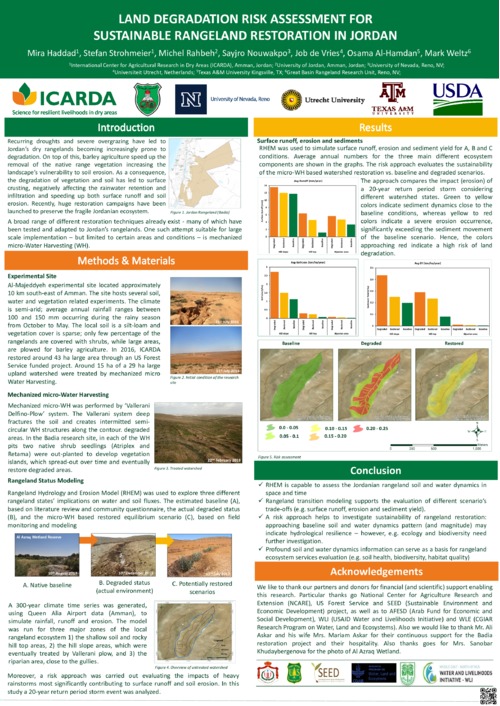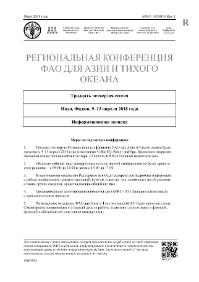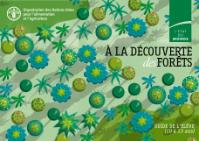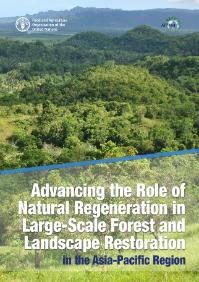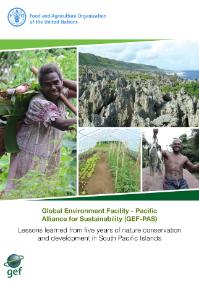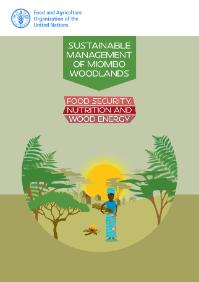Global Report on Food Crises 2018
Conflict and climate change have pushed 124 million people in 51 countries into acute food security, a situation when the inability to consume adequate food represents an immediate danger to people’s lives and livelihoods. In 2017, the number of people affected by acute food insecurity increased by 11 million. These are the main findings of a publication titled, “Global Report on Food Crises,” released by the Food Security Information Network (FSIN).


